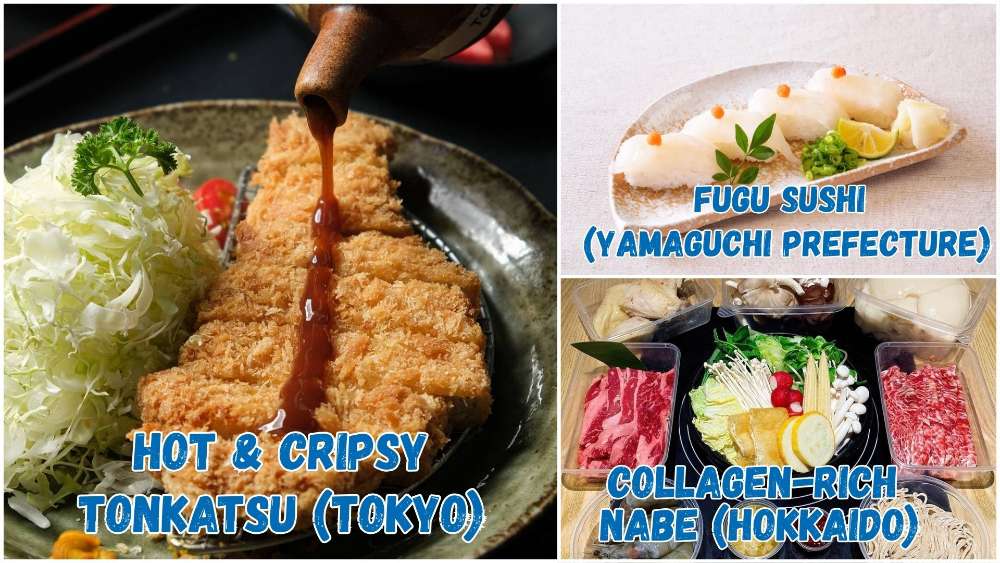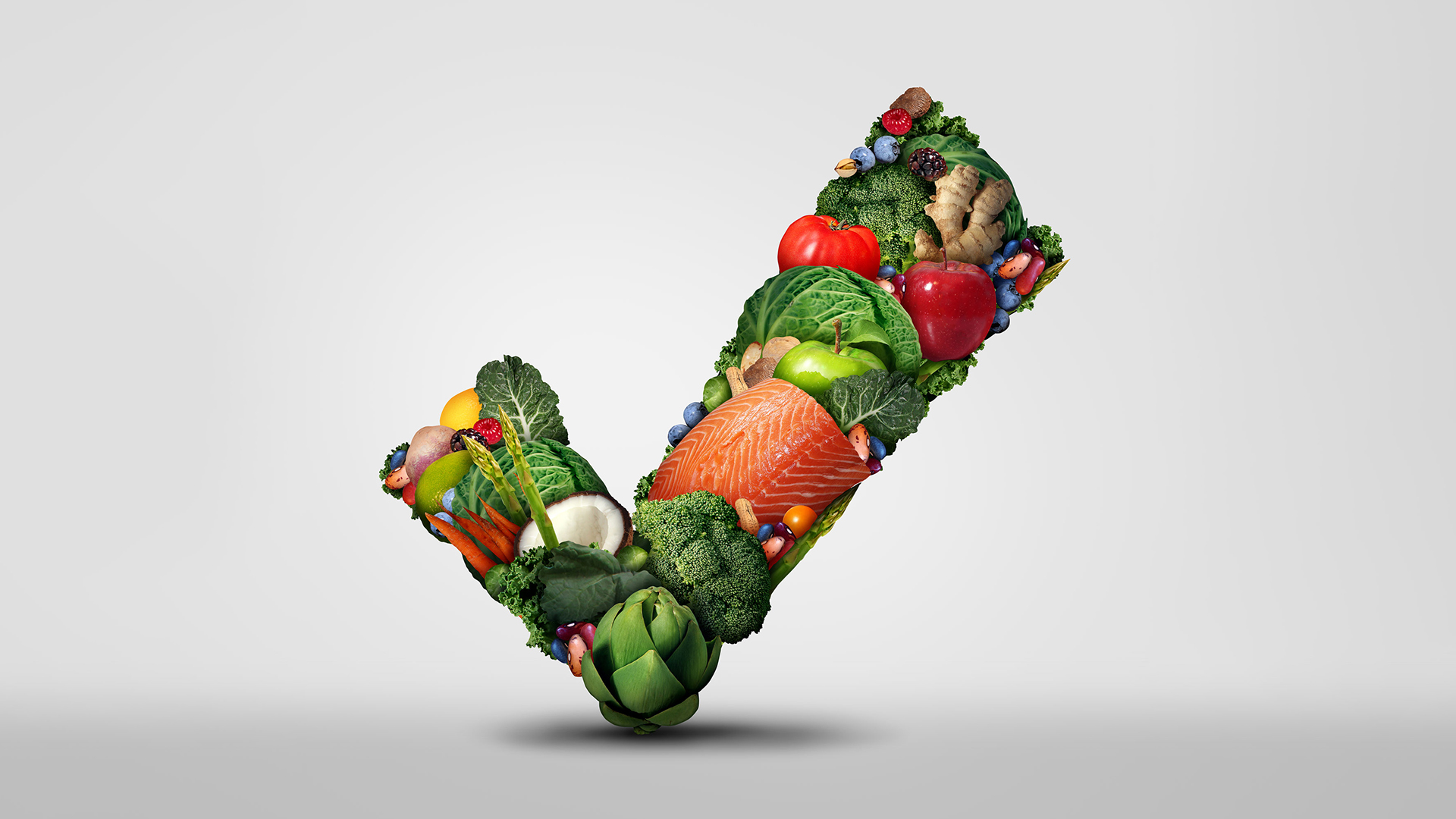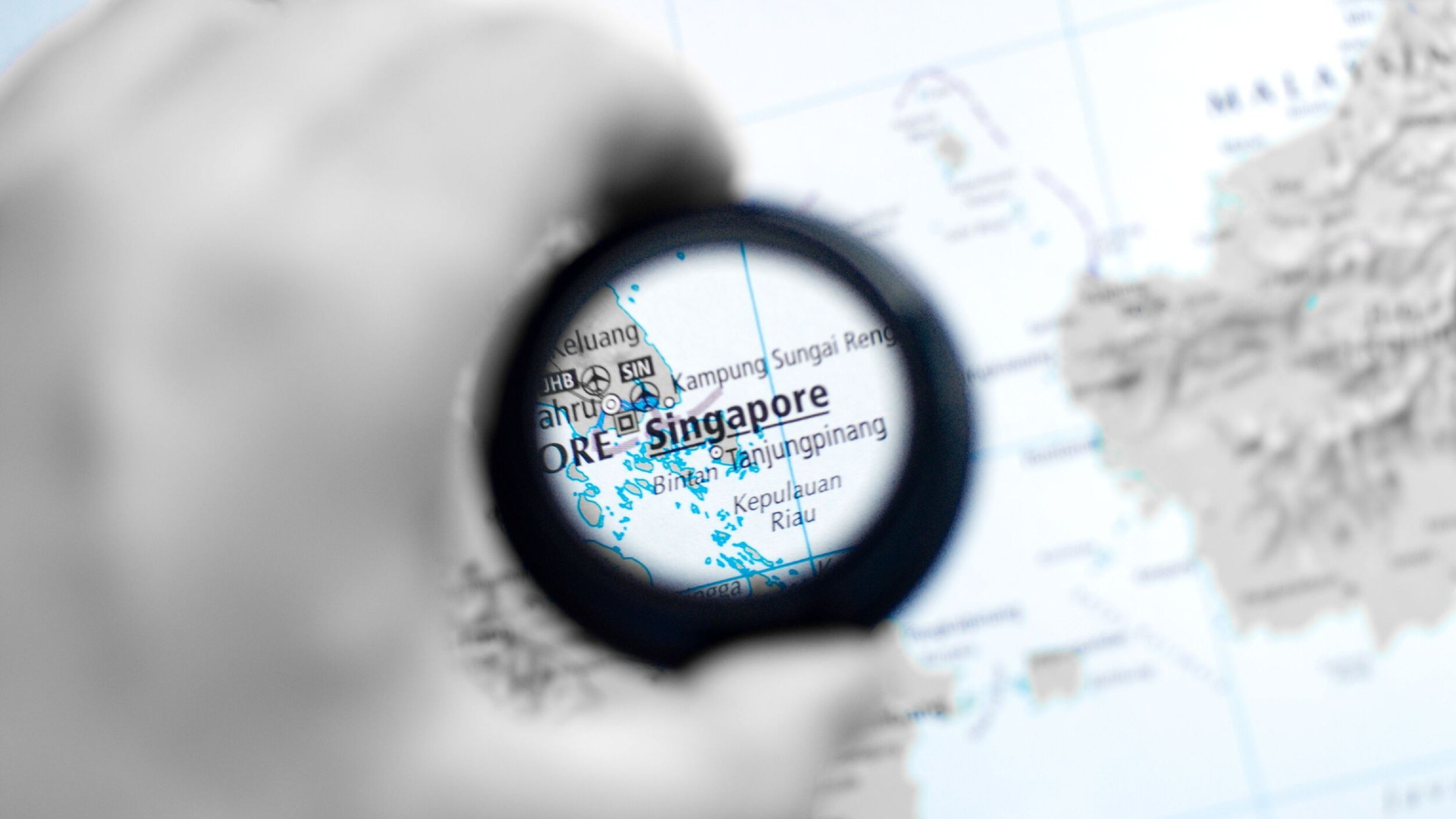World Food Safety Day: Good Practices According To SFA
Today (7 Jun) is World Food Safety Day, a UN observance day which emphasises the importance of detecting, managing and preventing the risk of foodborne illnesses like salmonella or food poisoning. To help you stay healthy while preparing your meals, here are some food safety practices recommended by the Singapore Food Agency.
LOOK BEFORE YOU BUY!
The first step is to make sure the food you're working with is in good condition. After all, no amount of precautions will help if your ingredients are already spoilt.
1. General tips
✔︎ Buy your food from established and reliable retail establishments
✔︎ Select food that hasn't passed its expiry date yet
✖︎ Do not buy food that has turned mouldy or rancid
✖︎ Avoid food packaging that is torn or leaking
✖︎ Do not store chilled and frozen food directly in the boot of your car as the heat may cause them to go bad
2. Buying canned and packaged food
✔︎ Ensure that the seals of bottled goods are not broken
✖︎ Do not buy canned food if the cans are rusty, dented or swollen, as these items could have quality defects
✖︎ Do not buy packaged food if the packaging is damaged or otherwise opened
✖︎ Do not buy mouldy dried food
3. Buying fruits and vegetables
✔︎ As fruits and vegetables are perishables, only buy what you can consume within a few days
✖︎ Do not buy fruits and vegetables that are bruised, blemished, shrivelled or mouldy
4. Buying eggs
✔︎ Buy eggs that are clean
✖︎ Do not buy cracked eggs as they are susceptible to bacteria contamination
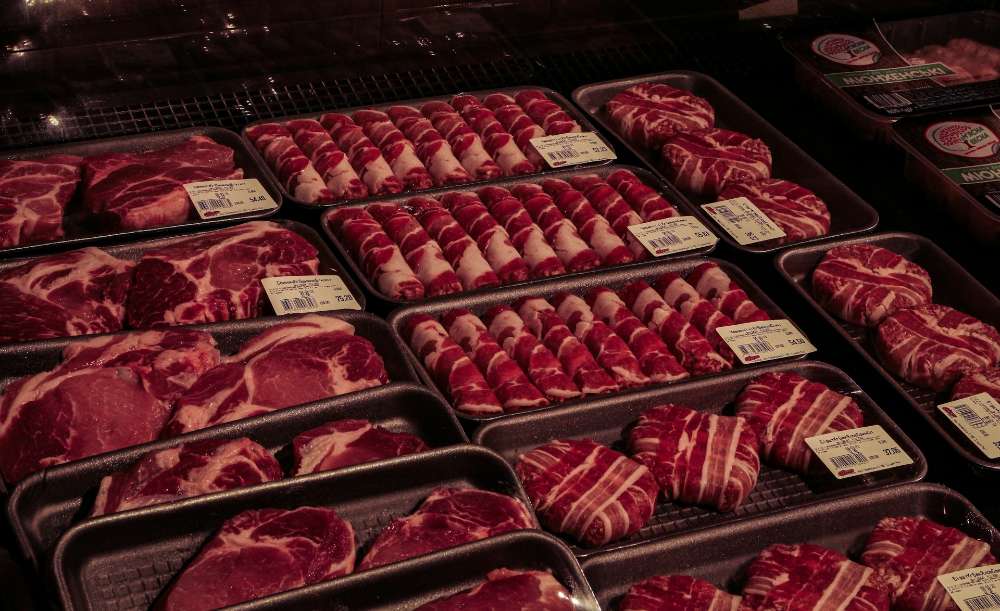 IMAGE: UNSPLASH
IMAGE: UNSPLASH
5. Buying meat and poultry
✔︎ Buy frozen meat that is in a hard, frozen state
✔︎ Leave meat selection for the last and do so just before paying at the cashier. Be sure to go home straight away to avoid leaving it un-refrigerated for too long. In the case of frozen meat, put it in an insulated bag before heading home
✖︎ When buying meat, make sure it does not appear stale or have rancid odours
✖︎ Do not buy chilled or frozen meat or poultry that is displayed for retail at room temperature
✖︎ Ensure that there is no excessive moisture on the surface of meat or poultry
✖︎ Ensure that frozen meat packages are not torn, crushed or juice stained, and do not have excessive ice crystals
6. Buying dairy products
✔︎ Always check dairy products for intact packaging and make sure they aren't expired
✔︎ Only purchase dairy products that are properly displayed in the chillers. Chillers should be maintained at below 4 degrees Celsius
✔︎ Dairy products have limited shelf life and should be consumed within the suggested "Use-By" date. Only buy what you are able to consume within that period
✖︎ Do not buy dairy products that have been stored or displayed beyond the 'load line'. The 'load line' indicates the level up to which foods may be stored and kept at the correct temperature
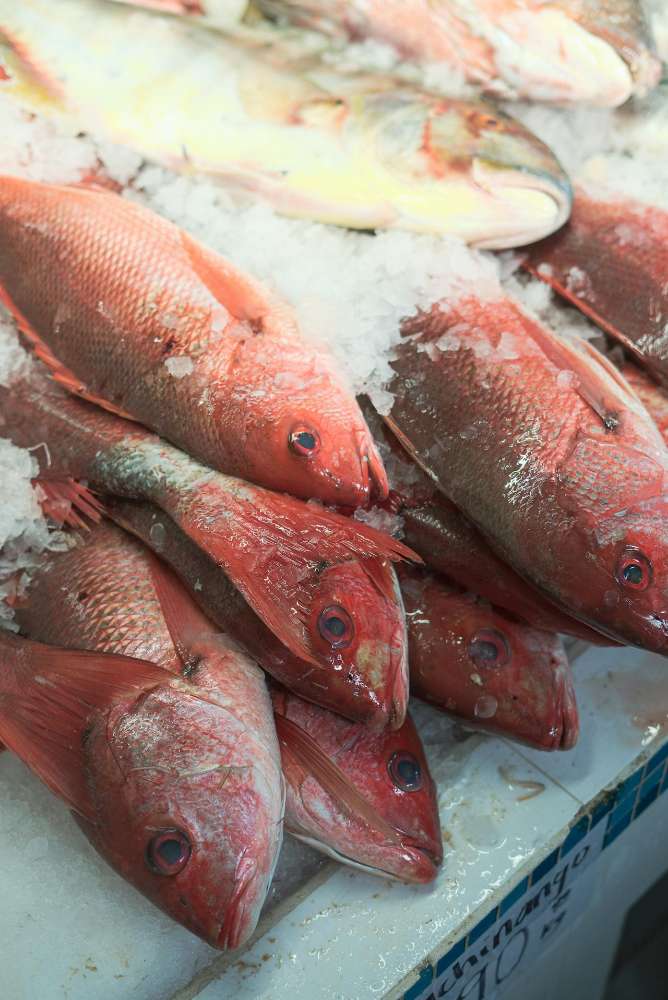
IMAGE: PEXELS
7. Buying fish
DO choose fish that has:
✔︎ A bright, shiny appearance with scales that are intact
✔︎ Bright, clear and full eyes
✔︎ Bright red to liver red gills that are free from slime
DON'T choose fish that has:
✖︎ A strong ammonia-like smell
✖︎ Darkening around the edges with brown or yellowish discoloration, especially if these areas appear dry or mushy
8. Buying shellfish
✔︎ Fresh prawns are firm, have a mild odour and their shells are not slippery.
✔︎ Live crabs and lobsters should exhibit leg movements. The tail of live lobsters should curl under the body you pick them up
✔︎ The shells of live clams, oysters, or mussels should close tightly when tapped
✖︎ Do not buy prawns with black spots or discolouration on the shell
✖︎ Do not buy shellfish with gaping shells as this shows that they are dead and not edible
WASH EVERYTHING PROPERLY!
And by "everything" we don't just mean your hands (though that should obviously be the first step!)
1. Kitchen cleanliness
Before you even begin food prep, make sure that your kitchen is hygienic and spotless.
✔︎ Keep your cutting boards, utensils, cleaning cloths, sinks and countertops clean and dry
✔︎ To properly clean cutting boards, use a brush to scrub off the stubborn food and dirt particles. Plastic cutting boards should be sanitised with chlorine or bleach solution
✔︎ Place kitchen waste in bags or covered bins and dispose of them frequently
✔︎ Clean all kitchen surfaces and countertops with detergent and hot water
✔︎ Disinfect kitchen sponges in chlorine solution or heat them for 2 minutes in the microwave oven
✔︎ Change tea towels or dishcloths that come into contact with plates and utensils frequently, and be sure to dry them once used
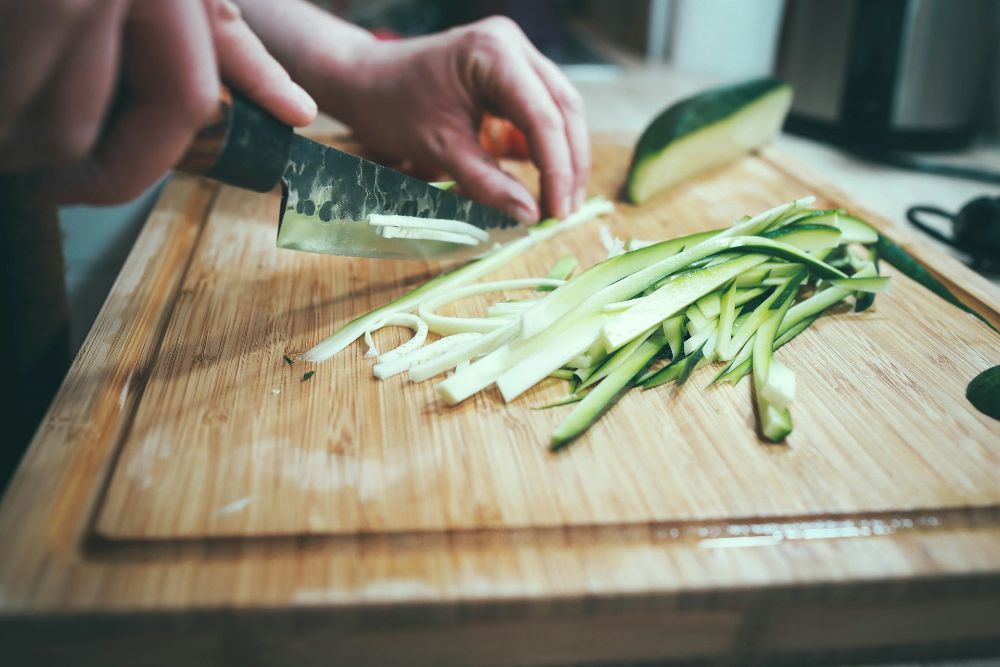 IMAGE: UNSPLASH
IMAGE: UNSPLASH
2. Food cleanliness
Of course, taking care of your kitchen won't do much if your food isn't kept clean.
✔︎ Clean raw meat and seafood before storing or cooking
✔︎ Place raw food in tightly-wrapped plastic bags or covered containers in the refrigerator to prevent raw food juices from dripping onto other food
✔︎ Place dry food above wet food to prevent juices from contaminating the dry food
✔︎ Use separate cutting boards and utensils for raw and cooked food. If you only have one cutting board, wash it thoroughly with soap and hot water between uses
✔︎ Wash and dry surfaces and utensils such as chopping boards and knives thoroughly before and after preparing raw meat, poultry and seafood
✔︎ Wash and soak fruits and vegetables before eating or cooking them. To do this:
- Remove the soiled portions of fruits and vegetables
- Cut off the base and wash away any residual soil in a basin of tap water
- Soak in fresh tap water for 15 minutes
- Before cutting and cooking, rinse again in a basin of fresh tap water
- For harder items like potatoes, scrub the skin gently with a brush
✖︎ To avoid cross-contamination, do not put raw vegetables on a plate that has previously held raw meat, poultry or seafood
FOOD PREP DOS AND DON'TS
Now that your prep area and ingredients are spotless, here comes the next step: Preparing your food properly.
1. Thawing food
- In general, the time required for thawing 500g of frozen meat is as follows:
- Refrigerator: overnight
- Microwave oven: 3 - 5 minutes
Do note that thawing time varies with size, thickness and shape of meat
✔︎ Thaw only as much food as you require
✔︎ As far as possible, thaw meat without opening the package to prevent contamination, dehydration and absorption of foreign flavours
✔︎ Instead of freezing unused portions, keep them chilled in the refrigerator for up to two days. Alternatively, extra portions can be cooked first and then stored chilled or frozen until the next meal
✖︎ Do not thaw frozen food at room temperature. It is safer to thaw them by defrosting overnight in the refrigerator or using the microwave oven
✖︎ Do not refreeze meat that has been completely thawed
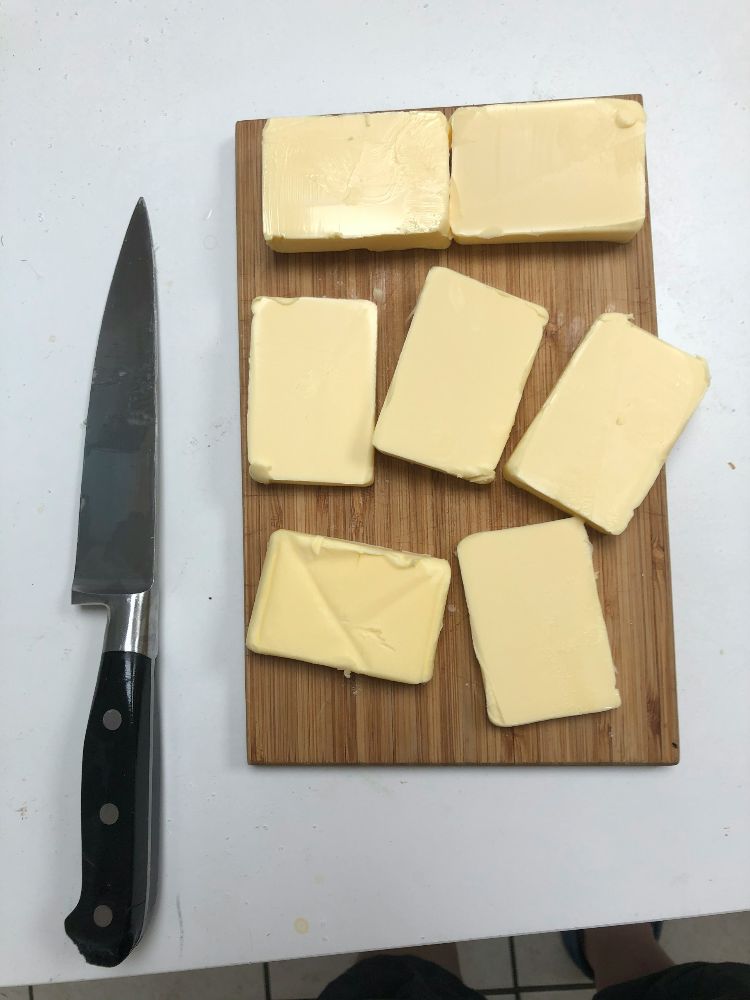
IMAGE: UNSPLASH
2. Food prep
✔︎ Keep raw food away from cooked and ready-to-eat food
✔︎ Use different serving plates for raw and cooked food. If you use the same plate, wash between uses
✖︎ Do not hold marinated food at room temperature. Keep marinated food in a covered bowl in the refrigerator
✖︎ Do not leave dairy products sitting at room temperature. Take only what you need to consume and return the unused portion to the refrigerator
✖︎ Do not store ripe fruit with vegetables as ripe fruits produce ethylene gas that can cause green leafy vegetables to turn yellow
3. Cooking food
✔︎ Cook food at high temperatures (above 75 degrees Celsius)
✔︎ Bring food like stews, soups and curries, to boiling temperatures when cooking
✔︎ Cook seafood (like fish and cockles) thoroughly until it is opaque and flaky, especially when cooking for young children, people with illnesses, pregnant women and older folks
✔︎ Cook meat and poultry thoroughly. There should be no pink meat and the juices should run clear when the meat is pricked or sliced
✔︎ Ensure the centre of meat and poultry are well-cooked
✔︎ Keep hot food hot and serve immediately after cooking. Food to be served hot should be held at 60 degrees Celsius or above
✔︎ Reheat stored cooked food at temperatures of 75 degrees Celsius and above
✔︎ If using a microwave to cook:
- Watch out for 'cold spots' in the food. Stir the food midway while cooking to ensure that the whole dish is evenly cooked
- To kill bacteria and ensure even cooking, use a covered dish. Arrange the food uniformly and add a little water
HOW AND WHERE TO STORE FOOD
As a general rule of thumb, here's how long you can store various types of food.
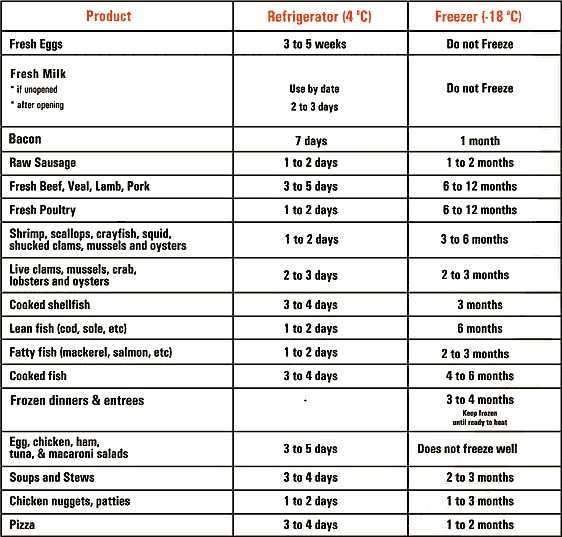
1. Storing raw food
✔︎ Store frozen meat in the freezer at minus 18 degrees Celsius
✔︎ For storage of frozen meat in larger packaging, thaw the meat just enough (to about minus 10 degrees Celsius) to separate into smaller portions, then deep freeze in individual packs
✔︎ Ensure there's sufficient space between items placed in the freezer or refrigerator so that cold air can circulate freely around them
✖︎ Do not open refrigerator or freezer doors unnecessarily to minimise temperature fluctuation
✖︎ Do not overstock your meat supply. Follow the rule of first in, first out (ie. Use older stock first)
2. Cold food
✔︎ Keep food outside the temperature danger zone (between 5 to 60 degrees Celsius)
✔︎ Store cold food in the refrigerator or on a bed of ice until it's ready to be served
3. Dried food
✔︎ Dried and preserved food should be stored in a cool and dry place or kept in the refrigerator. Warm and humid conditions can cause dried food to turn mouldy and rancid more quickly
✔︎ Nuts can keep better and longer in airtight containers when stored in a cool, dry place away from light. It's best to keep them in an enclosed cupboard or in the fridge
✔︎ Transfer dried foods that are bought loose or unused contents of opened packages of dried and preserved foods to airtight containers
✔︎ Dried and preserved foods that will be kept for extended periods should be stored in packaging that does not allow entry of air or water vapor into the package
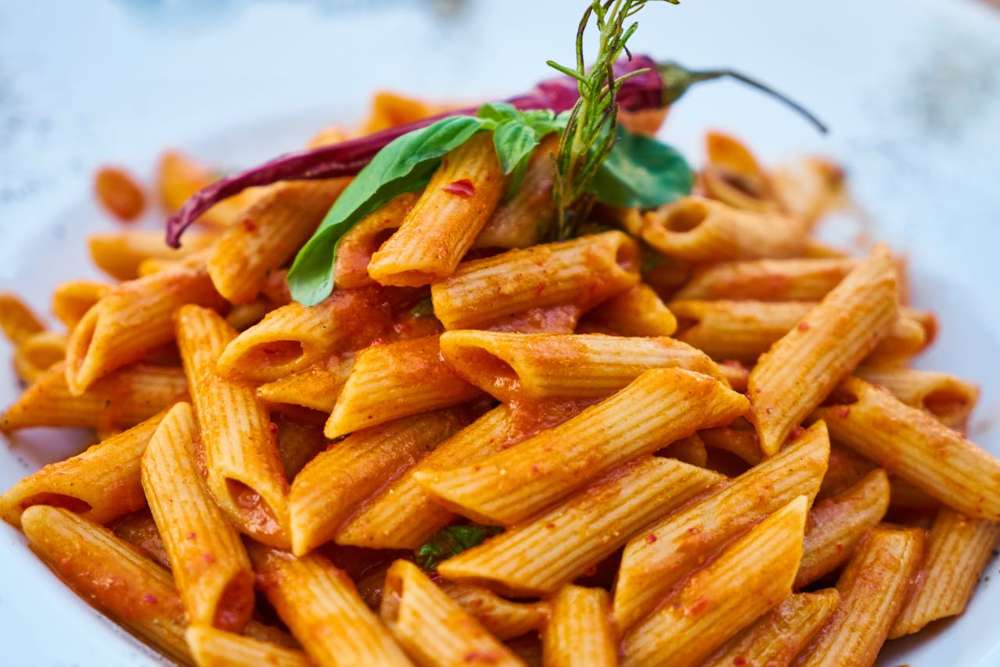 IMAGE: PEXELS
IMAGE: PEXELS
4. Cooked food
✔︎ Always try to cook just enough for the current meal
✔︎ If cooking for more than one meal, apportion and keep the extra food in clean covered containers
✔︎ Cooked food should be stored in the refrigerator or freezer once cooled
✔︎ Label and date food before storing them. This eliminates questions as to the age of the food
✖︎ Do not eat cooked food directly out of the container. Always spoon out the portion you want to consume onto a separate dish to prevent contamination of the remainder
✖︎ As a general rule, do not keep cooked food for more than 4 days
HOW (NOT) TO USE PLASTICS
Another thing to note is plastic food packaging, which can negatively affect the quality and safety of your food if used improperly.
1. Plastics and ovens/microwaves
✔︎ Reheat pre-cooked foods in a conventional oven only if they are sold in specially made "ovenable" packaging and oven reheating instructions are given by the manufacturer
✔︎ Only use plastic containers that are labeled as microwave-safe for microwave cooking or reheating
✖︎ Unless indicated otherwise, plastic packaging used for commercial packing of food is not suitable for use in conventional ovens as they may catch fire or melt, resulting in chemical migration into foods
✖︎ Do not use plastic containers in a microwave oven if you are in doubt or unable to find the manufacturer's instructions for microwave use
✖︎ Cold or freezer storage containers such as yoghurt, margarine and ice-cream tubs are not manufactured for reheating or cooking food in a microwave or conventional oven. They are not heat stable and chemicals from the plastic may migrate into the food during heating
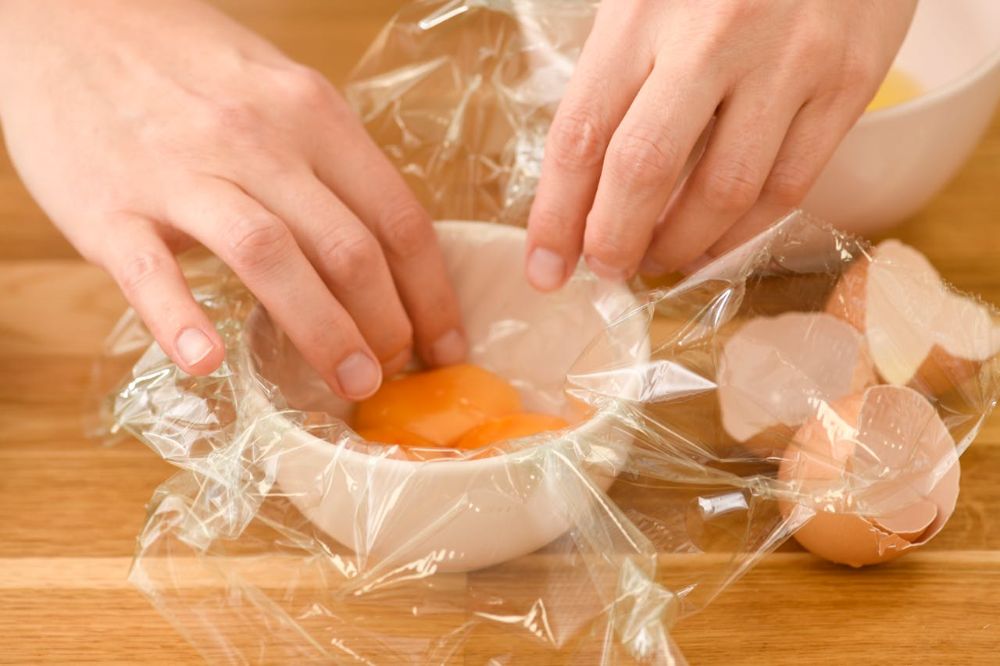 IMAGE: PEXELS
IMAGE: PEXELS
2. Plastic cling films
✔︎ Only use cling films designated as suitable for use in microwave oven
✔︎ When re-heating or cooking food in a microwave oven, ensure that the microwave-safe cling film does not touch the food
✖︎ Do not use cling films in conventional ovens or with pots and pans on cooker hobs where the films may melt into the food
3. Commercial plastic packaging
✔︎ It is safe to freeze meat directly in its original commercial plastic wrapping. For longer storage, rewrap or over-wrap the meat tightly with moisture-proof freezer bags to maintain the quality and texture of the meat
✖︎ Do not defrost or cook meat in its original commercial packaging in a microwave oven
4. Reusing plastic packaging and containers
✔︎ Only use takeaway food containers that are labeled microwave-safe for reheating food in the microwave oven
✔︎ Only use reusable plastic food containers (eg. cups, plates, bowls, bottles and boxes used in household kitchens) for repeated storage of food
✔︎ Reusable plastic food containers can be subjected to wear and tear after a period of use. They should be replaced when they have turned cloudy or discoloured or if cracks or heavy abrasions start to appear
✖︎ Commercial plastic packaging that has been used for storing non-food items (eg. detergent) should never be reused as food containers
✖︎ Plastic packaging that are used for commercial packing of food and takeaway plastic food containers used in eating outlets are disposable items designed for single use and are not intended for repeated storage of food
✖︎ Likewise, plastic packaging for microwaveable convenience meals are designed for one-time usage and should not be reused
For the latest updates on Wonderwall.sg, be sure to follow us on TikTok, Telegram, Instagram, and Facebook. If you have a story idea for us, email us at [email protected].






